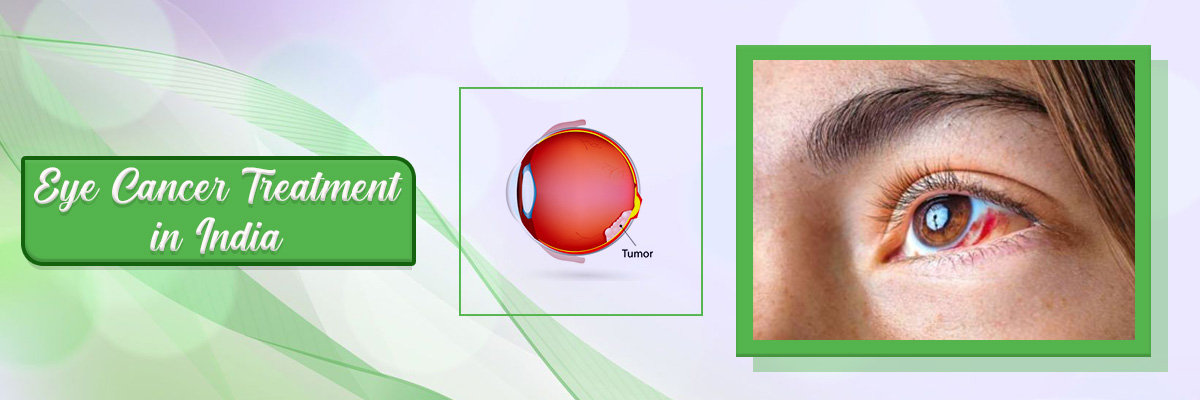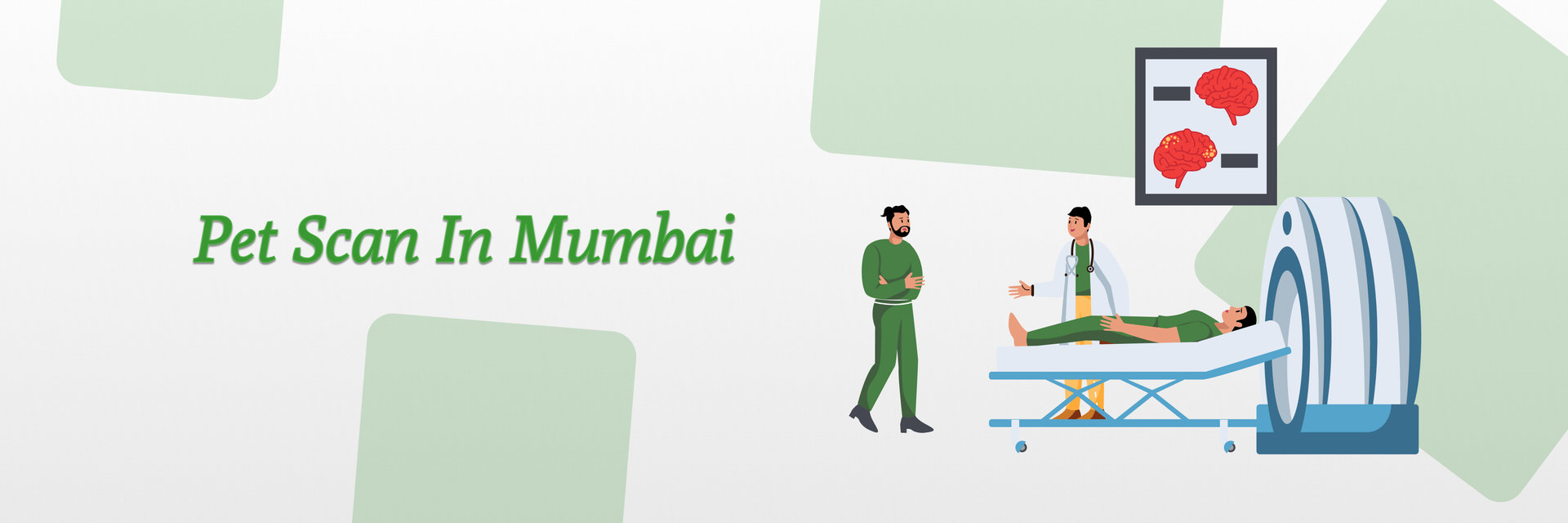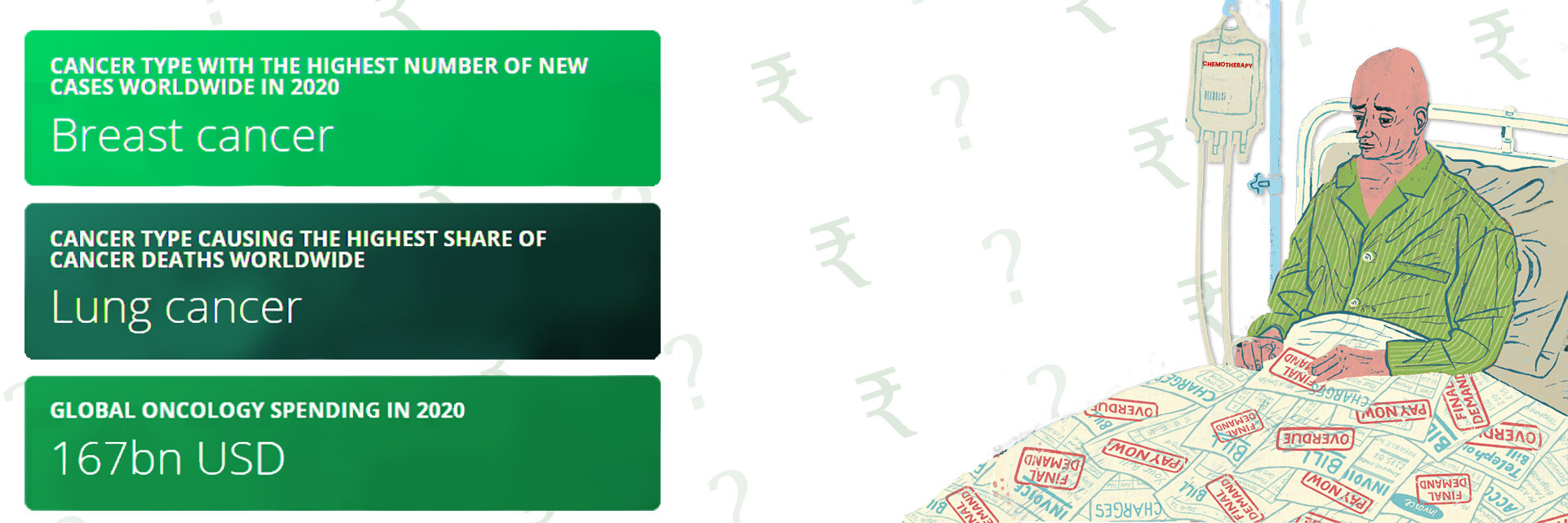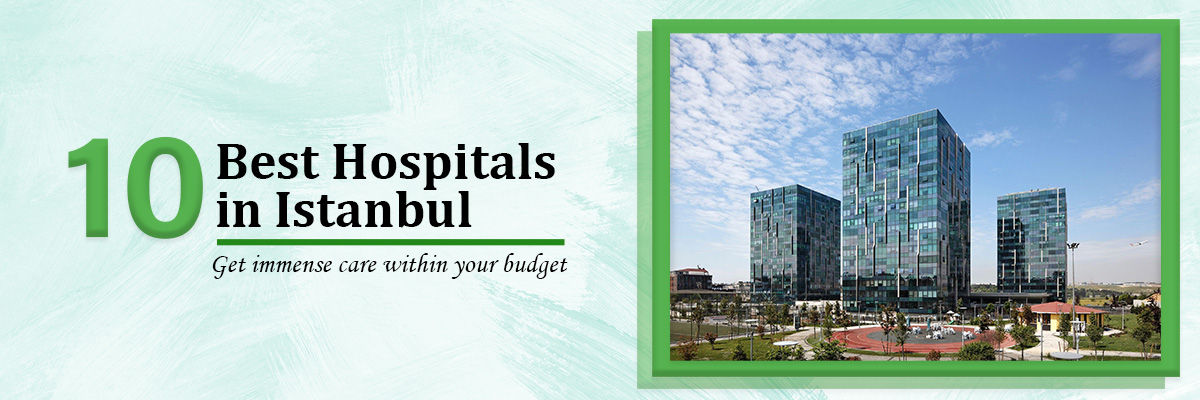Chemotherapy is also known as “chemical treatment” or “chemo” in simple words. Chemotherapy is one of the best treatment to treat cancer.
The drugs hinder the growth of fast growing cells. The main objective of chemotherapy is not only to slow down the growth of cancer cells but also, to stop the growth of cancer cells by using anti-cancer drugs.
Sometimes chemotherapy is prescribed alone by oncologist in India for cancer treatment but usually, it is combined with other treatments like radiotherapy, surgery, etc.
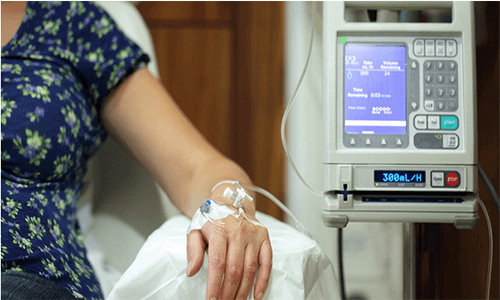
Most of the people associate chemotherapy with cancer treatment only but it is also used to treat other diseases like lupus and rheumatoid arthritis.
Chemotherapy works throughout the complete body. It attacks growing cancer cells but unfortunately, it may affect healthy cells as well thus causing side effects. Some side effects are short – term and go away after the treatment ends but some are long – term and exist even after the treatment.

When is chemotherapy used?
Well, not many know:
Chemotherapy can be used in cancers as well as in some non – cancerous diseases.
For your reference, we have listed the different ways in which chemotherapy is used.
In cancers
Generally, cancer is treated by surgery, chemotherapy and radiation by using any one of them for the treatment or by using them in combination. Chemotherapy is an integral part of cancer treatment.
It can be used for the following:
- Primary mode of treatment: Chemotherapy is used as the only treatment for the cancer. No other treatment is combined with it.
- Before surgery: Many a times, chemotherapy is used to shrink the tumor before radiation therapy or surgery which is called neo - adjuvant chemotherapy.
- In combination with other treatment: Chemotherapy can be combined with immunotherapy, radiation therapy and surgery. Radiation therapy and surgery treats the cancer which is confined in a particular place while chemotherapy helps in killing the cancer cells that have spread at different places.
- After surgery: Sometimes cancer cells may remain after surgery or radiation therapy, so chemotherapy helps in destroying the cancer cells which still exist after the treatment. This is also called adjuvant chemotherapy.
- Palliative treatment : For some cancers which have metastasized, chemotherapy is not used as a cure but to help ease the symptoms of cancer. This is also called palliative chemotherapy.
- For maintenance: Chemotherapy is given to prevent or delay the return of the cancer. This is also called as maintenance chemotherapy.
In non - cancerous disease :
Further, chemotherapy is used in other diseases that are non – cancerous like lupus and rheumatoid arthritis. Here, the doses are given orally or through IV. The amount of dose, in comparison to cancer, is quite less.
How long does chemotherapy take?
Every cancer has a different schedule for chemotherapy. How long and how frequently chemotherapy is required totally depends on the following points:
- Type of cancer
- Stage of cancer
- Type of chemotherapy
- Reason why chemotherapy is given - whether to cure the cancer, to control it or to relieve pain
- Response of a body to chemotherapy

Generally, the difference between two chemotherapy cycles is 2 – 6 weeks. A patient may need 4 – 8 cycles of chemotherapy to treat cancer.
How is chemotherapy given?
According to the type and stage of the cancer, chemotherapy can be given in many different ways.
1. Oral

- Oral chemotherapy is a drug which is given in the form of tablet, pills, capsule or liquid.
- The medicine is absorbed by the stomach.
- If the health of the patient allows then he/she can take the medicine at home also.
- The patient need not spend much time in hospital and hence minimize expenses.
2. Intravenous (IV)

- Intravenous chemotherapy, also known as IV chemotherapy, is a type of chemotherapy in which a patient is injected drug through the veins.
- Either, a person can take it as an injection or as a drip.
- IV chemotherapy can be given in following ways:
- Catheter: A catheter is made up of a soft thin tube. One end of the catheter is placed in the large vein. Often, the area chosen is the chest area. The other end of the catheter is placed outside the body. Catheter is used not only in chemotherapy but can also be used in giving other drugs.
- Ports: A port is made of plastic and metal which is in the form of small and round disc. It is placed under the skin. A catheter helps in connecting the port to the large vein which is mostly the vein present in the chest area.
A nurse inserts the needle to the port to give chemotherapy. This needle can be kept in place for the treatment which takes more than one day. - Pumps: The pumps are connected to catheters or the ports. It helps in controlling the chemotherapy like how much or how fast chemotherapy is given.
Pumps are of two types – Internal and External. External pumps are placed outside the body so that the patient can carry the pump along with them. Internal pumps are the pumps that are placed inside your body during surgery.
3. Topical
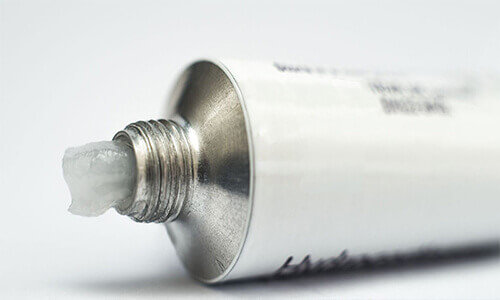
Some chemotherapy drugs are available in the form of creams. They are applied on the skin so that they can be absorbed through it into the cancerous part. Generally, it is used in skin cancer though the use of the chemotherapy creams is very limited.
4. Intraperitoneal (IP)
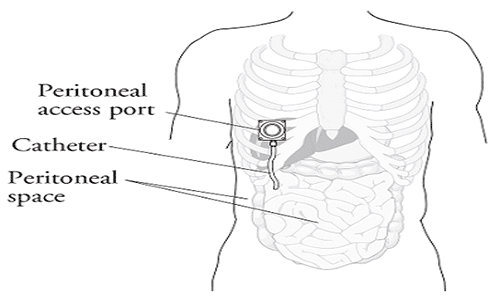
Usually, this type of treatment is used for treating ovarian cancer. During the treatment, chemotherapy is transferred to the peritoneal cavity which includes the organs like liver, stomach, intestine and ovaries. This is done with the help of a catheter and a port. The catheter is connected to the port which is placed under the skin.
Intraperitoneal chemotherapy attacks the cancer cells in the abdomen and hence exposure to other healthy tissues is reduced.
5. Injection

Here, the chemotherapy is delivered in the form of a shot. It includes the area of the muscles of the thigh, arm or hip. Also, it includes the area of the fatty part of the belly, arm or leg.
6. Intra-arterial (IA)
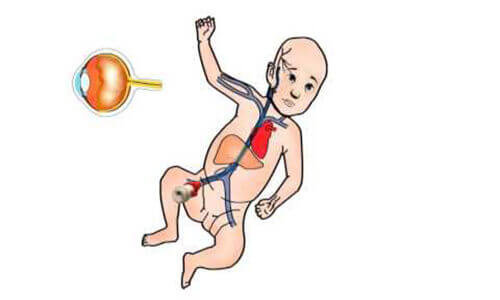
During this method, the chemotherapy drugs are delivered to the artery that supplies blood to the tumor. The exposure to healthy cells is less. A microcatheter is placed into the artery. Mostly it is placed in the femoral artery that is present in the thigh. It is threaded to the artery which delivers blood to the tumor. Chemotherapy is given through the catheter directly to the tumor. The dose of chemotherapy is generally high.
To discover arteries which supply blood to the tumor, angiography is used. Generally, this type of chemotherapy is used for liver cancer.
There are high chances of stomach irritation during the administration of this type of chemotherapy. The reason for this is, some chemotherapy drug may get mixed to the blood that is supplied into the stomach.
This is a one day treatment and the patient can head for his/her home, the very next day.
7. Intrathecal
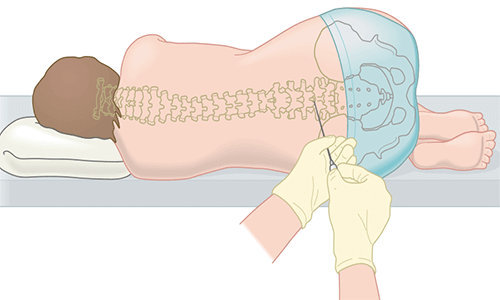
Intrathecal chemotherapy is used in the treatment of cancer that exists in the central nervous system. Mostly, this type of treatment is used for treating different types of leukaemia and lymphoma and also used in some types of brain tumor.
In intrathecal chemotherapy, an injection in given in the lower back. The patient is supposed to lie flat after the end of the treatment so that the drug reaches to all parts of the spinal cord and the brain.
Due to this type of chemotherapy, the patient may suffer from head ache and back pain for a few days.
History of chemotherapy
Chemotherapy came into use in the 20th century. Chemotherapy, as a word, was first invented by Paul Ehlrich who was a known scientist in late 1800’s and early 1900’s. He defined chemotherapy as a chemical to treat diseases. He introduced the idea of using animal models to discover chemicals.
During World War II, it was noticed that the lymph nodes and bone marrow were not the same of the men who were exposed to the mustard gas. Alfred Gridman and Louis Goodman examined the effect of mustard compound by carrying out an experiment on a mouse bearing a lymphoid tumor. The results proved that tumor can be treated by mustard agents. Then the patient was injected a less volatile form of mustard gas by Alfred and Louis along with Gustav Linskog.
The scientists discovered that the size of the tumor decreased after the treatment. Although the patient had to come again for the treatment, this gave rise to the beginning of chemotherapy. The study was done in 1943 and the results were obtained in 1946.
After the discovery of nitrogen mustard, a pathologist Sidney Farber from Boston studied about aminopterin, which is a compound of the folic acid. Sidney along with her colleagues discovered that the folate analogues act as an antagonist to folic acid. These agents produced remissions in the children who were suffering from acute leukemia.
The first metastatic cancer was cured in 1956. It was cured by using methotrexate. Chemotherapy have successfully cured a lot of patients who are suffering from cancer and is one of the widely used treatment in cancer.
You can also learn more about chemotherapy by watching this video by one of the most reputed oncologists.

